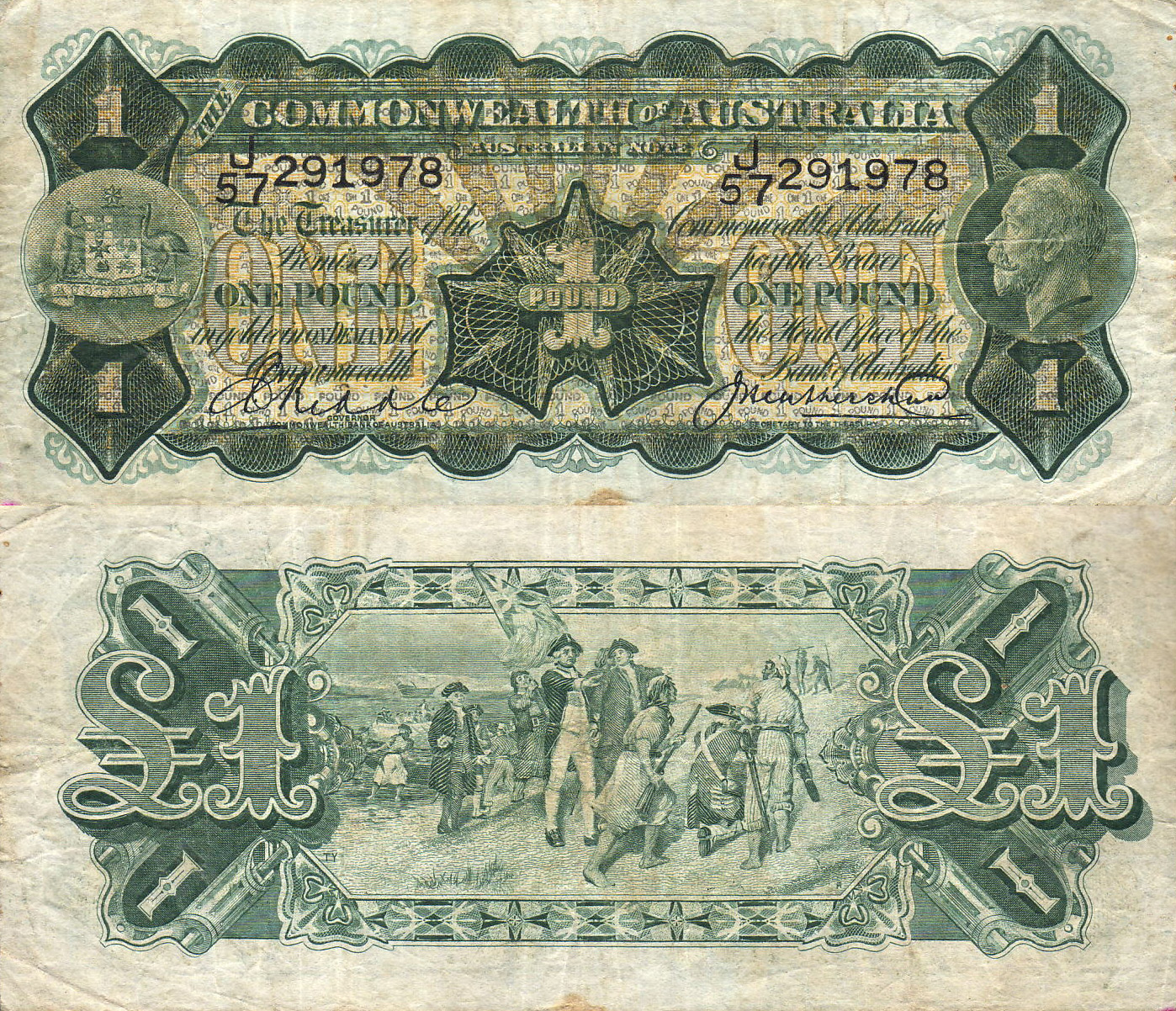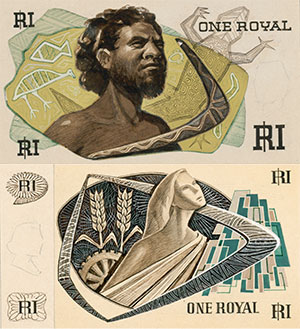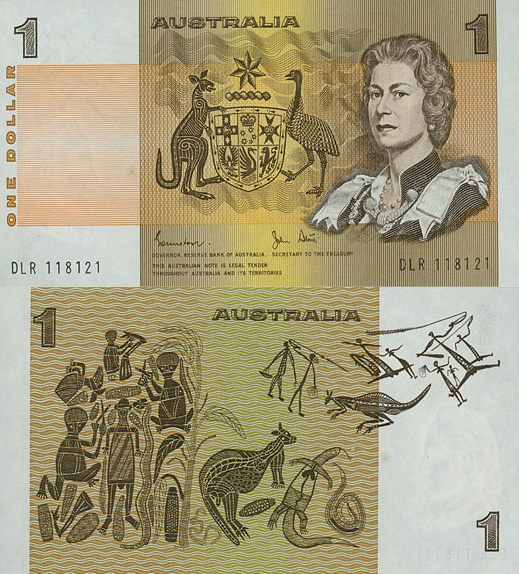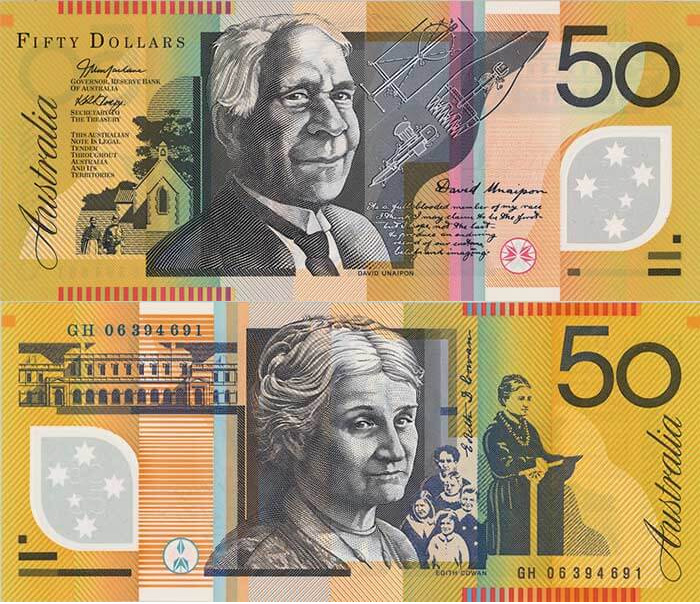The New Theme for the 5 Dollars Banknotes
By AG | Monday, 17 March 2025
The Reserve Bank of Australia (RBA) unveiled the theme for the new $5 banknote, which features First Nations peoples, replacing the portrait of Queen Elizabeth II.
On February 1, 2023, the Reseve Bank of Australia announced that King Charles III will not replace Queen Elizabeth II on the new $5 banknote.
Before selecting the theme, the RBA engaged with First Nations organisations across the country to build awareness and encourage the submission of ideas.
The Reserve Bank of Australia asked the public for help with the theme. It needed to:
- Celebrates First Nations cultures and history
- Depicts First Nations cultures in an authentic and respectful way
- Recognises the diversity of First Nations cultures across different regions of Australia
- Respects First Nations cultural sensitivities about information or images that are sacred or secret (and therefore not appropriate for inclusion on a circulating banknote).
After receiving more than 2,100 submissions from the Australian public our Imagery Selection Panel made the final decision on the theme for the new $5 note – Connection to Country. The $5 Redesign Imagery Selection Panel, which includes First Nations representatives and representatives from the RBA and Note Printing Australia, selected the theme.
In acknowledging connection and caring for Country the theme should be inclusive, recognising the nature of Country varies, but it is all connected – the land, waters and sky. The artwork should avoid being tokenistic or stereotypical. The tone for the banknote is of a hopeful future, where First Nation peoples' connection to Country is celebrated and respected.
- Reserve Bank of Australia
The theme recognises the diversity of First Nations peoples, across Australia and the Torres Strait. Key to this theme is the recognition of First Nations communities' contribution to the restoration and conservation of the environment. Using traditional ecological knowledge First Nations peoples act as custodians to sustain and conserve Country.
The other side of the $5 banknote will continue to feature the Australian Parliament.
The artwork and final design will be revealed later. Entries for the redesign close in April.
Using reference materials such as photographs and paintings, the design will involve a combination of hand-drawn and digital elements. Throughout the process, the designers remain in contact with technical experts from the Reserve Bank and Note Printing Australia Limited (NPA) to ensure that what they are doing is consistent with the Reserve Bank's requirements and NPA's production capabilities.
Once a design concept has been formally accepted by the Reserve Bank, other skilled artists and designers at NPA begin the lengthy process of converting the design into a banknote. Part of this involves transforming the design into large-scale line drawings.
To ensure the banknote is a secure document, many design iterations are required so that the right balance between design and security can be achieved. Throughout the process, the Reserve Bank also consults with a range of stakeholders to ensure that the banknote meets the various needs of the community.
Once all of the design work is done, printing plates can be made and trials are undertaken. Only when all of these preparations are completed can the actual production process begin.
First Nations on Australian notes
Known as the Harrison Series (1923-1925), these banknotes repeated the imagery of most vistas from the first banknotes, while improving the currency's security. The portrait of the reigning British monarch was included for the first time on Australian banknotes, with the profile of King George V appearing on each denomination.
As the significance of gold mining had declined, the image of the Victoria Quartz Mine was replaced on the £1 banknote with a reproduction of E Phillips Fox's painting of 1902, the Landing of Captain Cook at Botany Bay, 1770.
The reverse depicts Captain James Cook's landing at Botany Bay in 1770, taken from a 1902 painting by E. Phillips Fox. It shows Lieutenant James Cook landing at Botany Bay, south of Port Jackson, and raising the British flag while the ship, His Majesty's Bark Endeavour, hovers in the background.
Cook seems to restrain his men from firing their muskets as the botanist, Joseph Banks, points to members of Gweagal clan, who dispute the landing and are assigned a peripheral role in the re-enactment.
Prime Minister Menzies announced in June 1963 that the new banknotes would be known as the Royal, so preserving a shared feature of British culture, and maintaining aspects of the United Kingdom's imperial relationship with Australia.
One of the preliminary, unissued designs for the 1 Royal banknote combines this British allegiance with a portrait of a First Nations man, shown with a boomerang and designs drawn from interpretations of rock carvings and bark paintings. The choice of the term Royal proved to be unpopular with the public and, in September 1963, the decision was reached to call the new unit the Dollar.
The new $1 decimal currency banknote represented a significant means of increasing general awareness of the country's First Nations culture. Designed by Gordon Andrews, the back of the banknote depicted imagery of Aboriginal rock paintings and carvings on the right side of the banknote, adapted from sources such as illustrated books.
The images include Mimih figures, their spiritual status denoted by extreme thinness, together with examples of fauna that are distinguished as ancestral presences by the X ray views. They were united with imagery from a bark painting on the left-hand side, their combination being determined more by the demands of design than the relationship of narrative and meaning.
The artwork on the $1 note marked the first Aboriginal copyright dispute, after the Reserve Bank failed to seek permission from Arnhem Land artist David Malangi when it reproduced his work on the note. He was later paid $1,000, a medallion and a fishing kit.
The back of the banknote was distinctive with an interpretation of an Aboriginal bark painting by David Daymirringu and of other paintings and carvings.
An Aboriginal design was released for the first time the commemorative 10 dollars 1988 banknote. Different styles of First Nations art works are depicted in the background.
They comprise hand stencilling (left); dot painting in concentric circles (centre), based on art works acquired by the Bank from Paddy Carroll Tjungurrayi (Warlpiri; Anmatyerr); and cross-hatching or rarrk, (right) adapted from a bark painting commissioned by the Bank from George Milpurrurru (Yolgnu).
Furthermore, the success of polymer technology saw the issuance of a new series of banknotes in the 1990s, and the portrayal on the $50 banknote (1995) of the first identified First Nations individual, David Unaipon. His portraiture continued with the new banknote of 2018, supported by enhanced representation of his Ngarrindjeri nation.
Born at Raukkan (Point McLeay Mission), South Australia, David Unaipon was especially interested in recording Aboriginal myths and legends and, in 1924 and 1925, he travelled through southern Australia collecting the stories.
In the preface to his volume titled Legendary Tales of the Australian Aborigines, Unaipon records, as a full-blooded member of my race I think I may claim to be the first – but I hope, not the last – to produce an enduring record of our customs, beliefs and imaginings. The excerpt is reproduced in his hand-writing on the banknote.
The 2018 banknotes also feature the unifying image of the Black Swan (Cygnus atratus), which is both Unaipon's ngaitji, or totem, and the bird of Edith Cowan's home state of Western Australia.
The $2 coin has depicted the image of Gwoya Tjungurrayi, sometimes referred to as “One Pound Jimmy”, since 1988. Tjungurrayi survived one of Australia's last recorded frontier massacres in 1928 where 60 men, women and children were murdered in the Northern Territory.
812,728 people self-identified as being of Aboriginal and/or Torres Strait Islander origin in the 2021 Australian Census, representing 3.2% of the total population of Australia.
The term Aboriginal and Torres Strait Islander peoples or the person's specific cultural group, is often preferred, though the terms First Nations of Australia, First Peoples of Australia and First Australians are also increasingly common.









